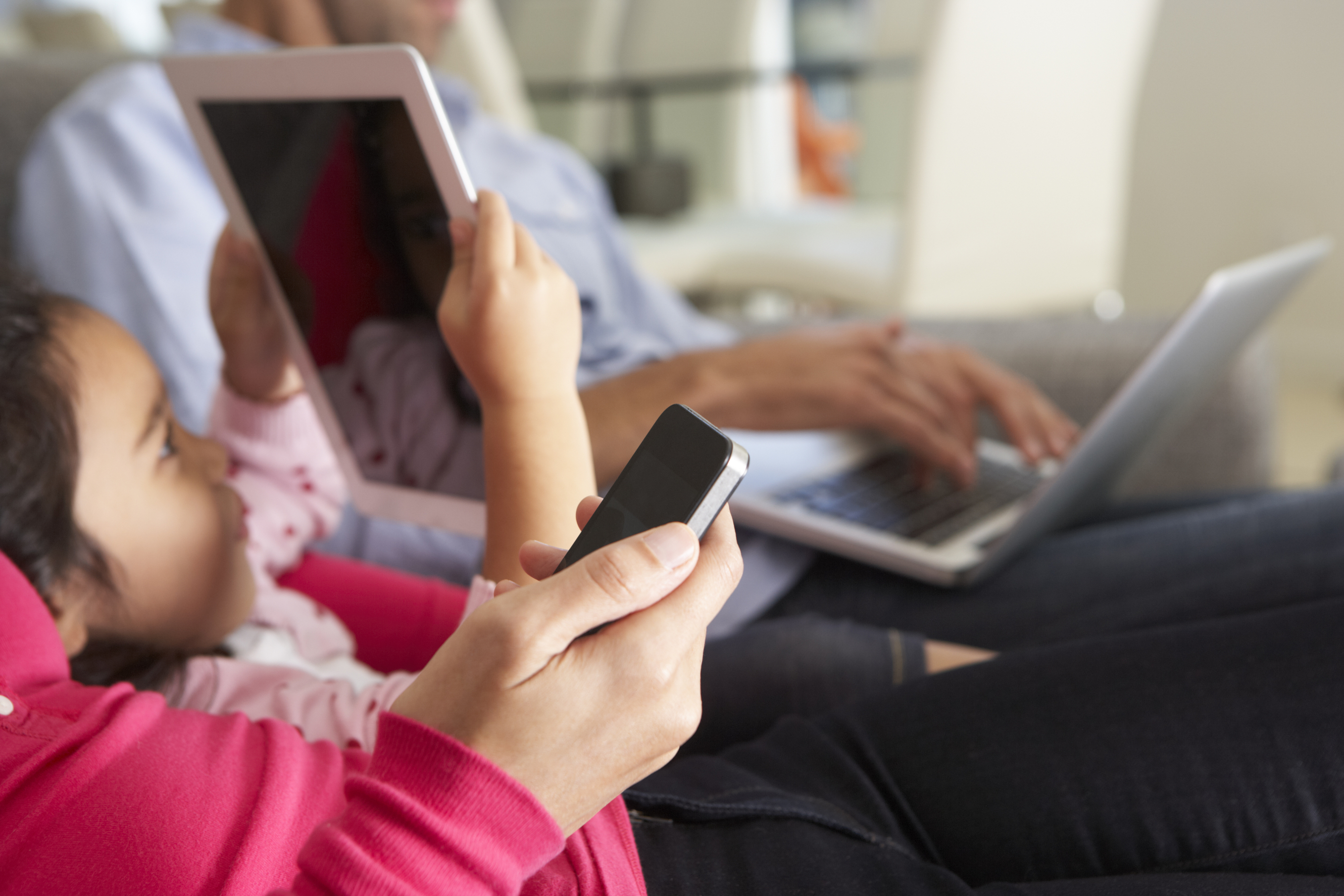Bedtime use of mobile phones, laptops and tablets more than doubles the risk of poor sleep in children, academics claim.
The study, which comprised a systematic review of 20 existing observational studies, involved 125,198 children and found that sleep quality and day-time sleepiness were affected to a similar magnitude.
Currently 72% of children and 89% of adolescents have at least one device where they sleep and most are used near bedtime, researchers at Cardiff University said.
Such devices are thought to adversely impact sleep through a variety of ways including displacing, delaying or interrupting sleep time – psychologically stimulating the brain and affecting circadian timing, sleep physiology and alertness.
Sleep disturbance in childhood is known to lead to adverse physical and mental health consequences.
Short and long term detrimental health outcomes include poor diet, sedative behaviour, obesity, reduced immunity, stunted growth and mental health issues.
Dr Ben Carter, from Cardiff University’s School of Medicine, said: “Our study is the first to consolidate results across existing research and provides further proof of the detrimental effect of media devices on both sleep duration and quality.
“Sleep is an often undervalued but important part of children’s development, with a regular lack of sleep causing a variety of health problems.
“With the ever growing popularity of portable media devices, such as smartphones and tablets, the problem of poor sleep amongst children is set to get worse.
“Our findings suggest that an integrated approach involving parents, teachers, and healthcare professionals is necessary to improve sleep habits near bedtime.”
• The study, titled ‘Association between portable screen-based media device access or use and sleep outcomes’, is published in the journal JAMA Pediatrics.







